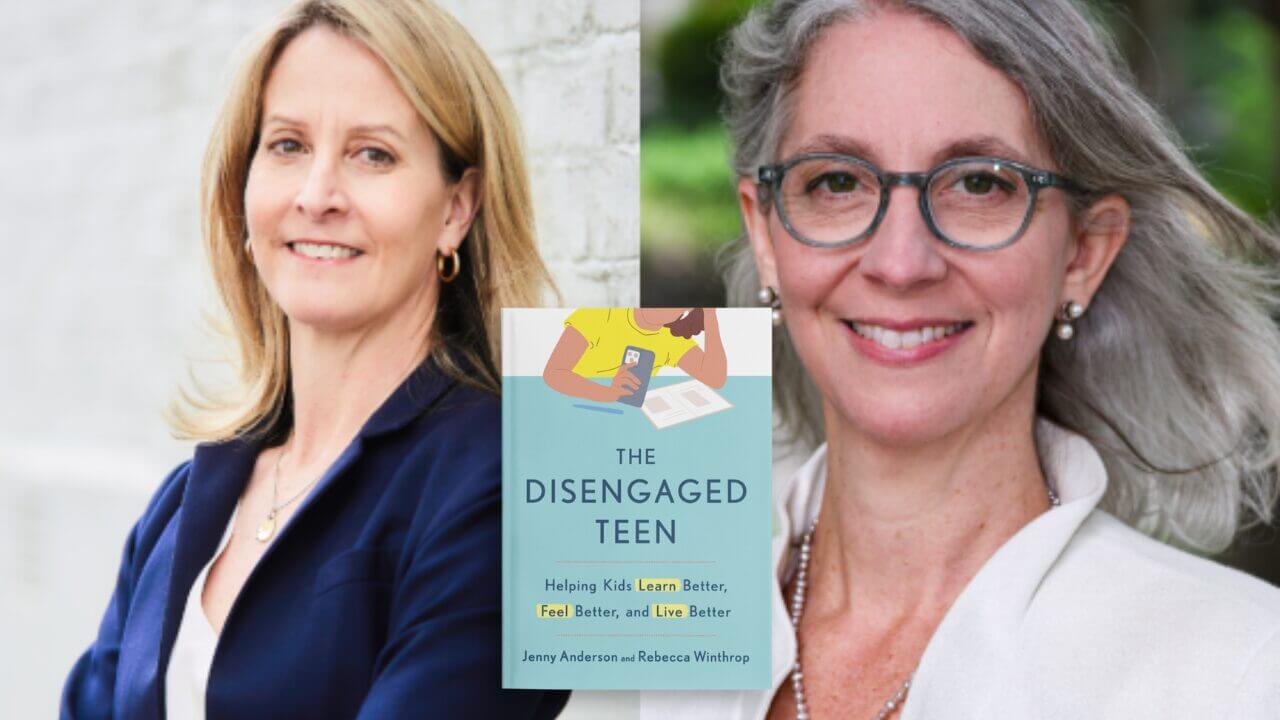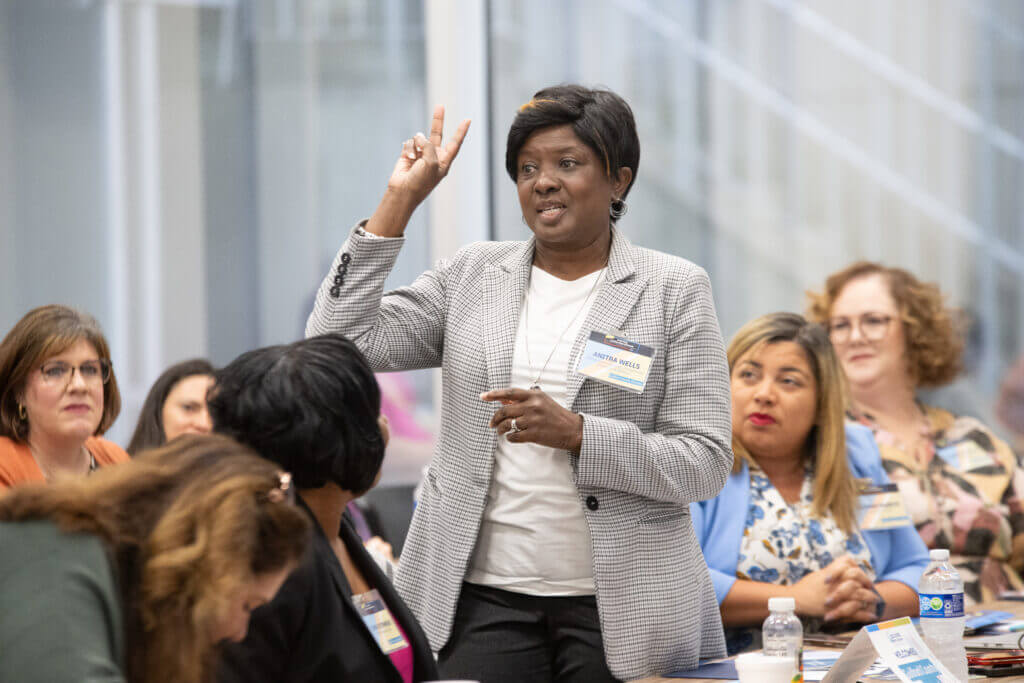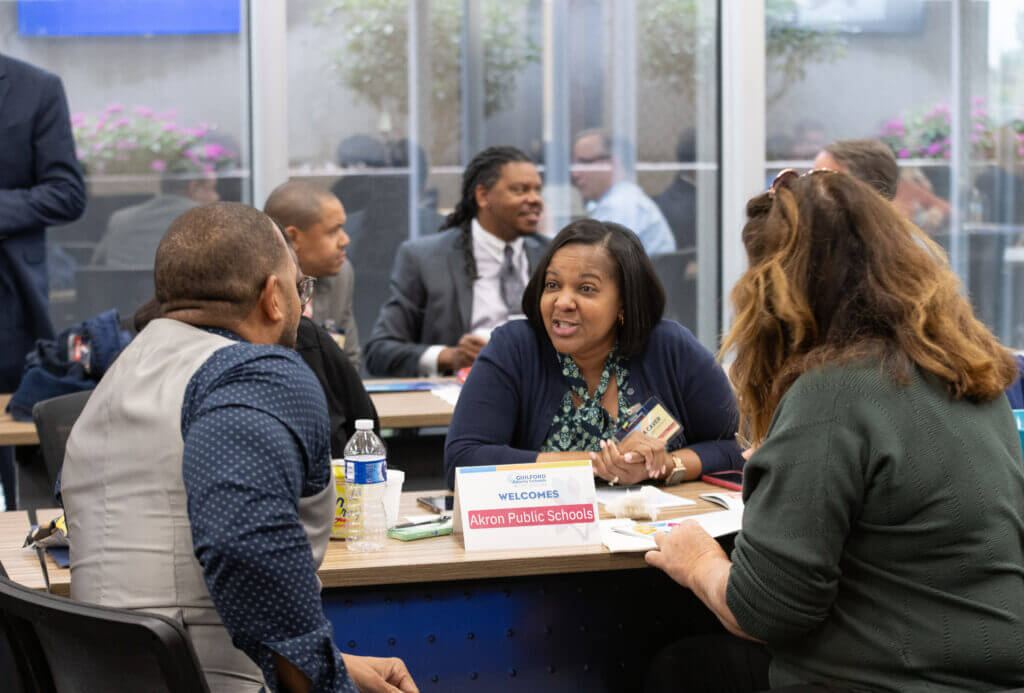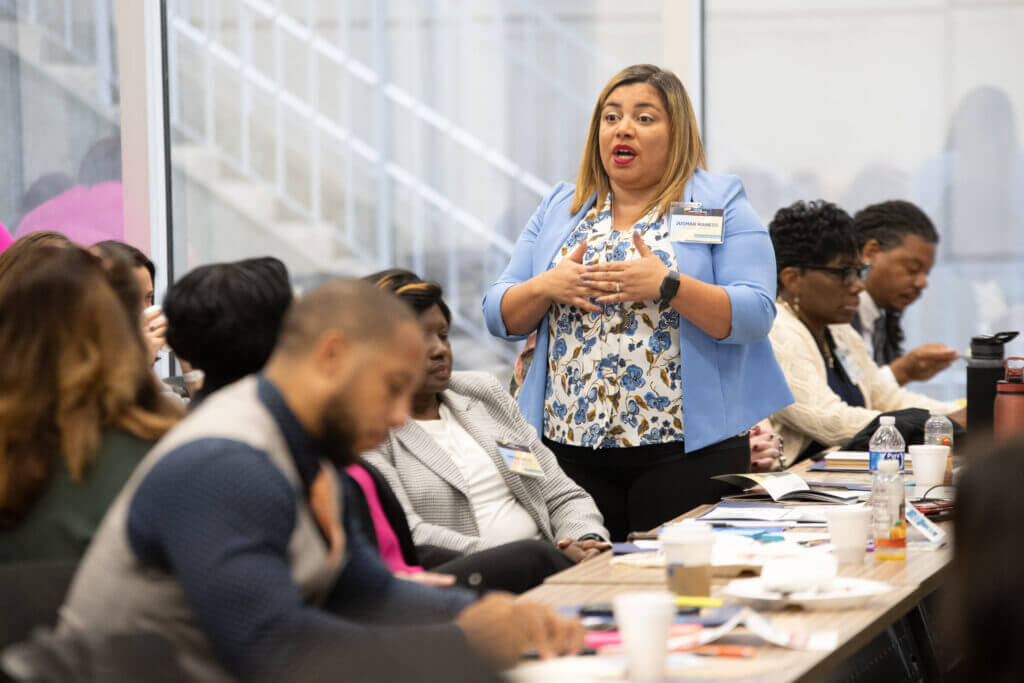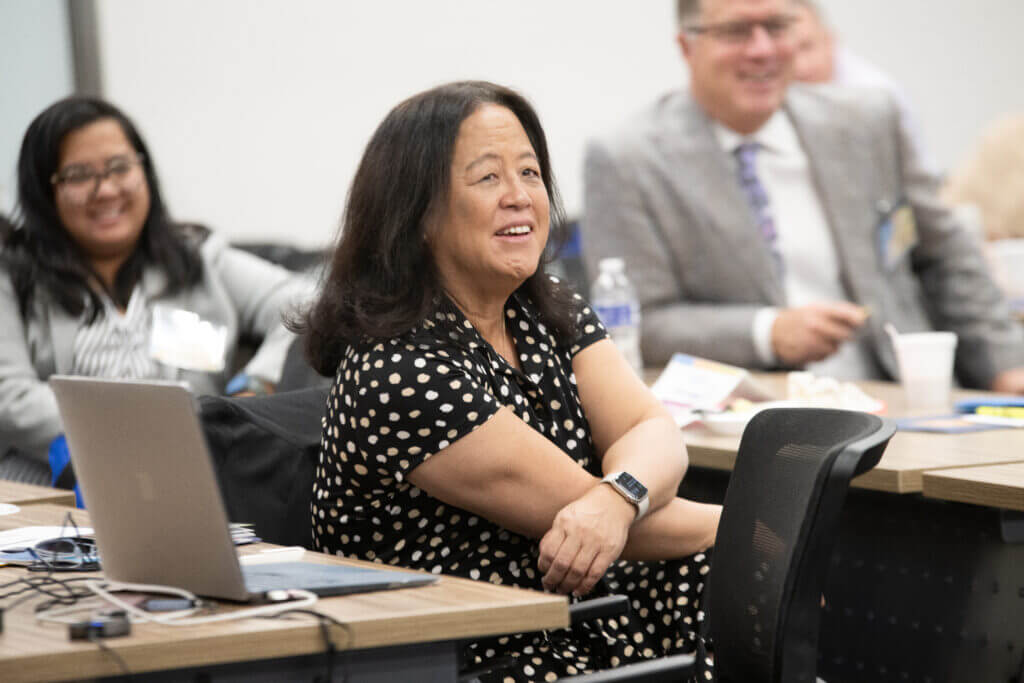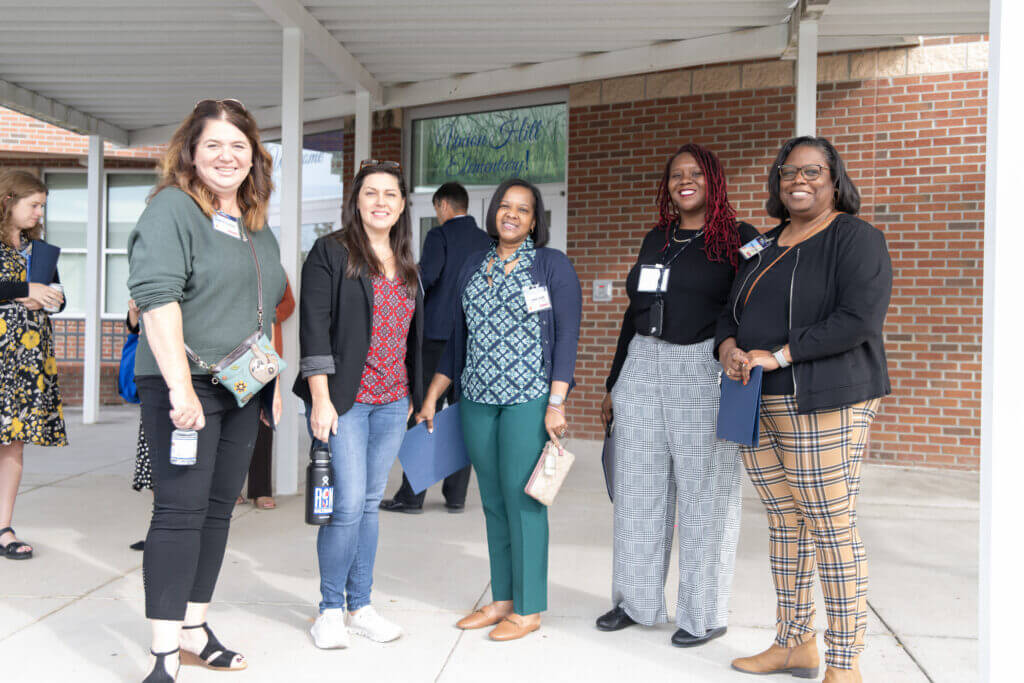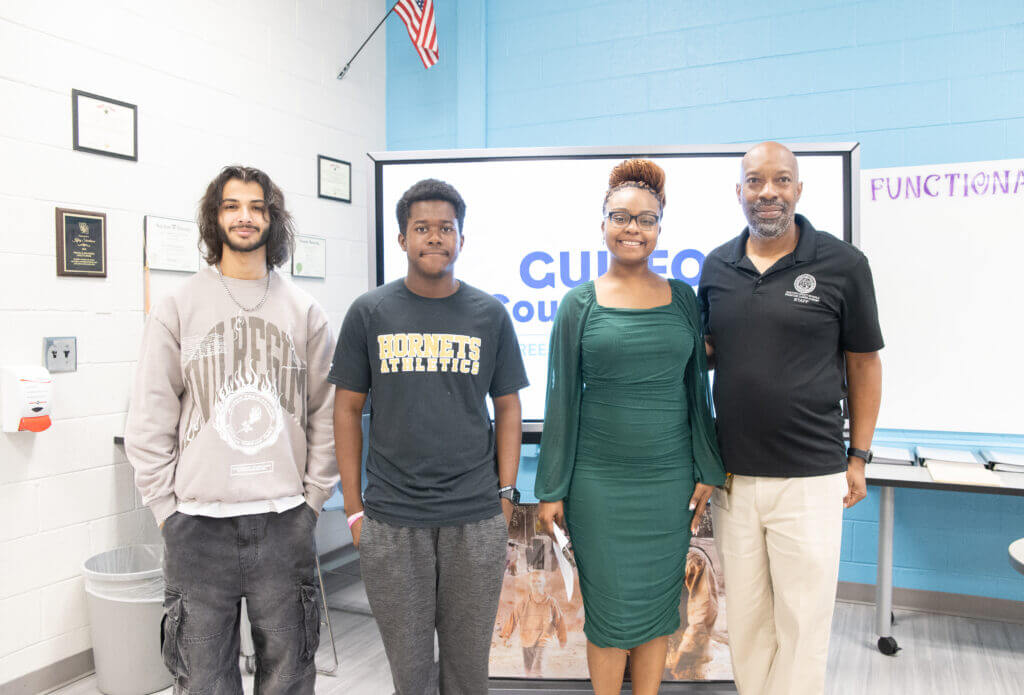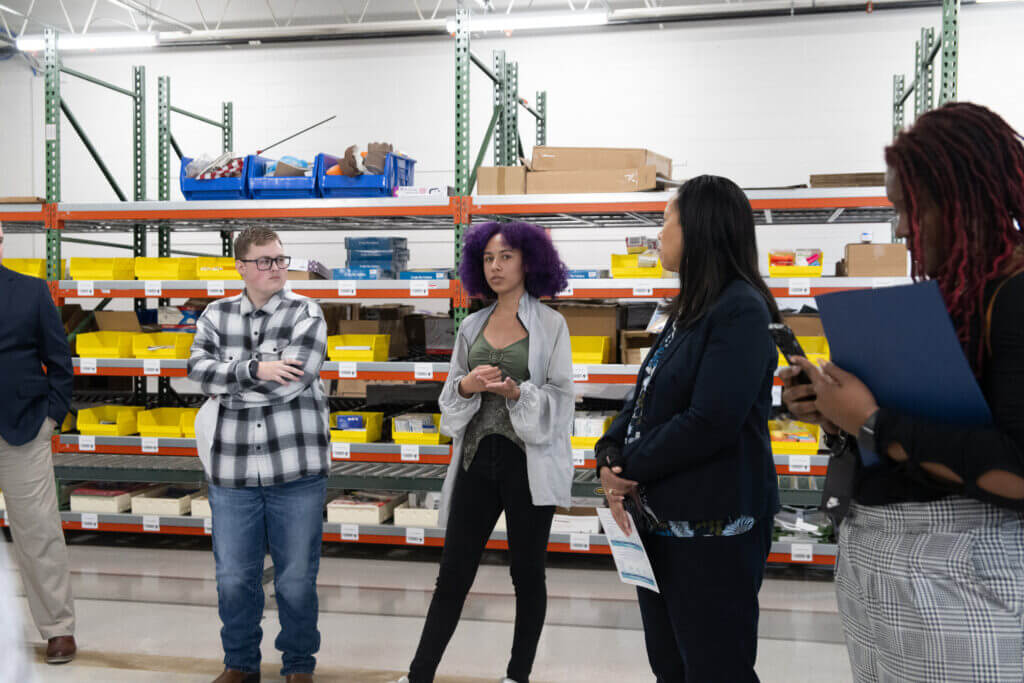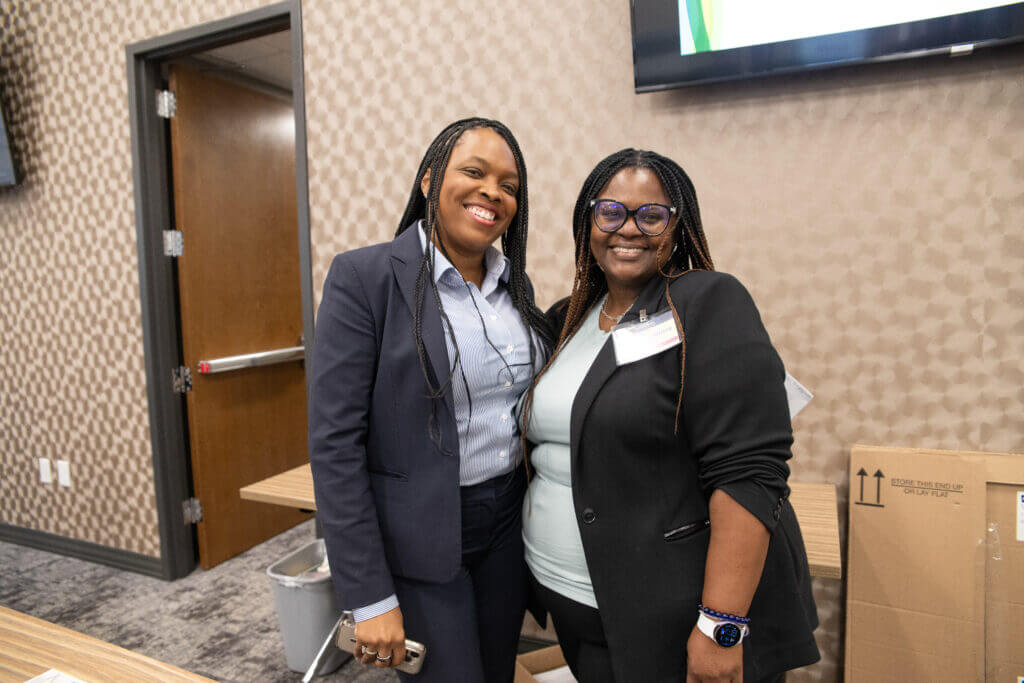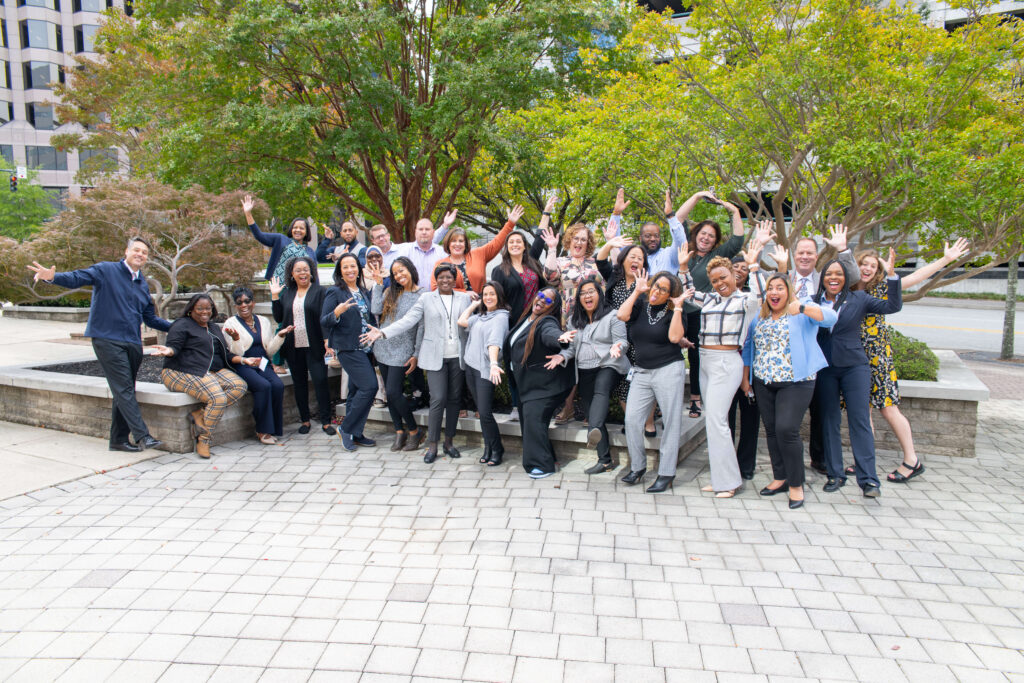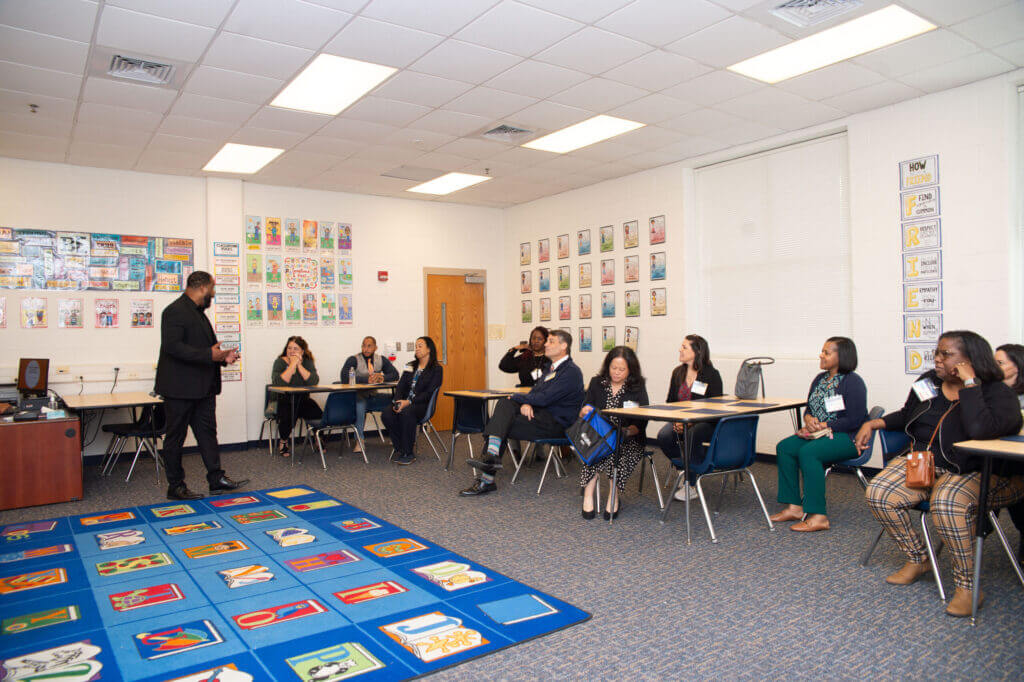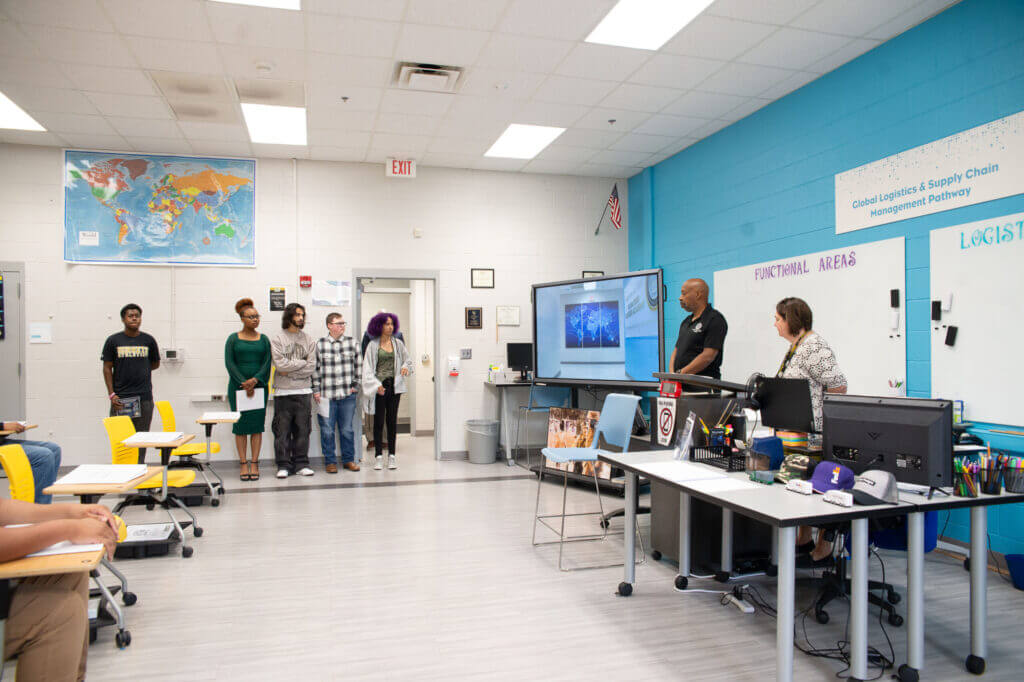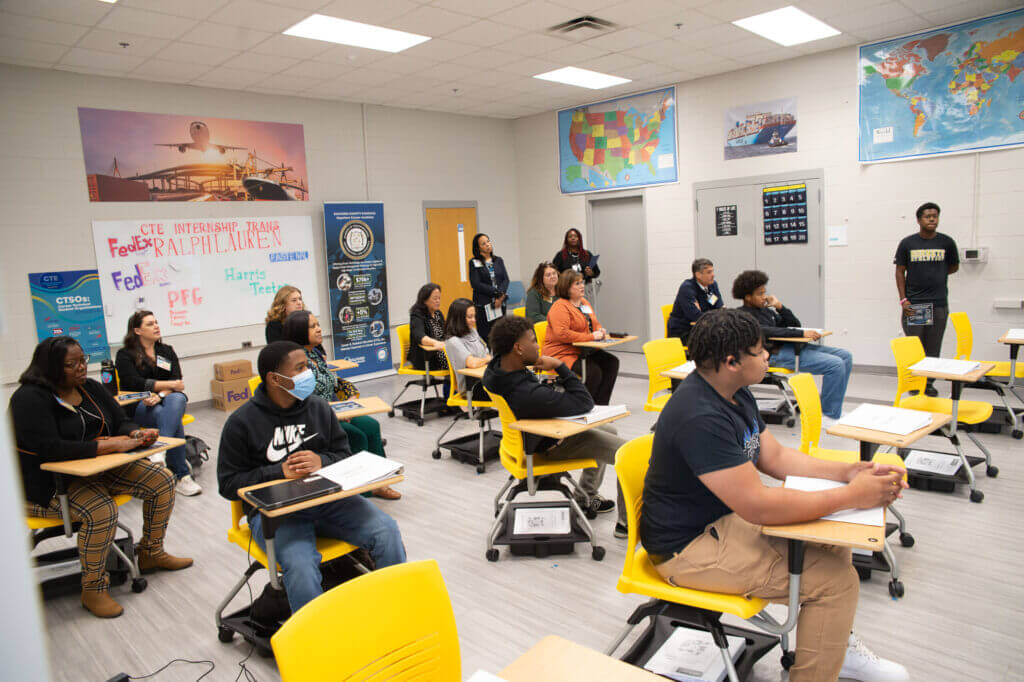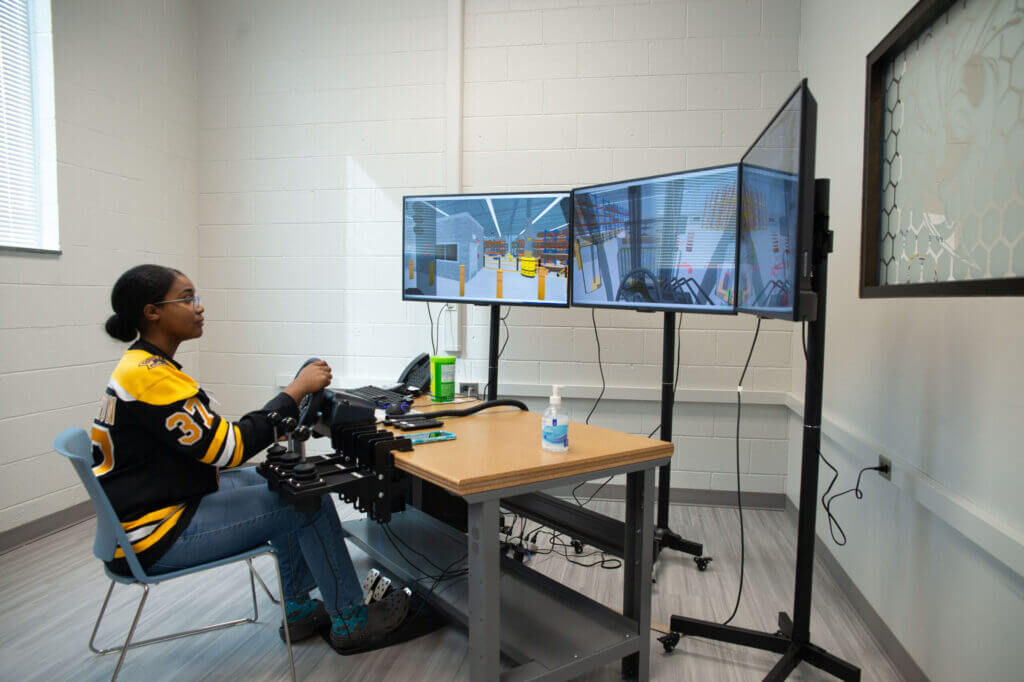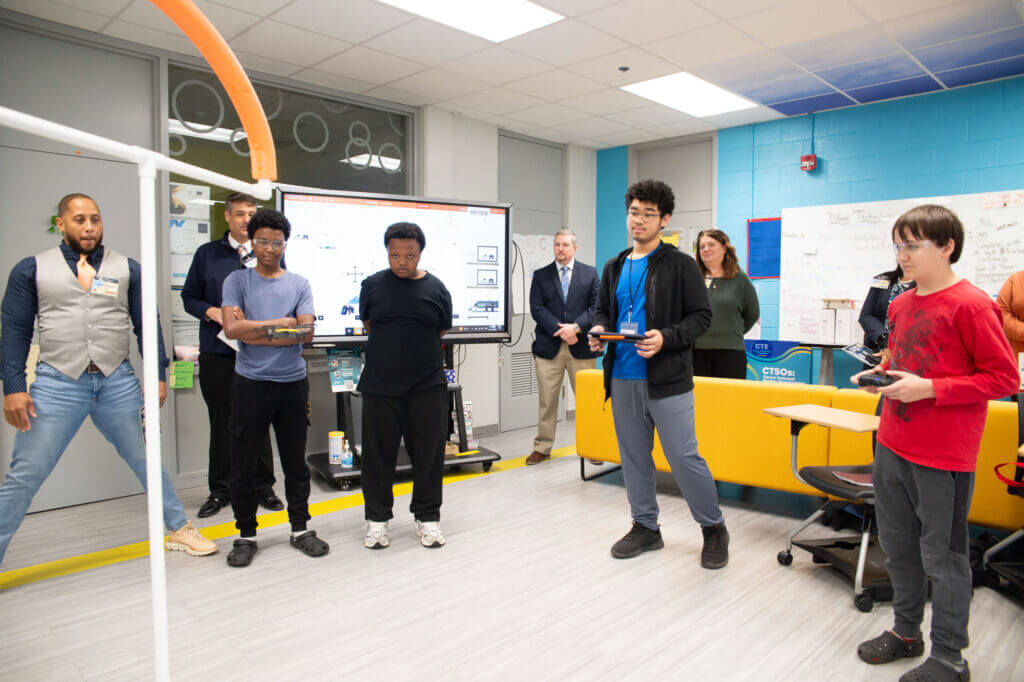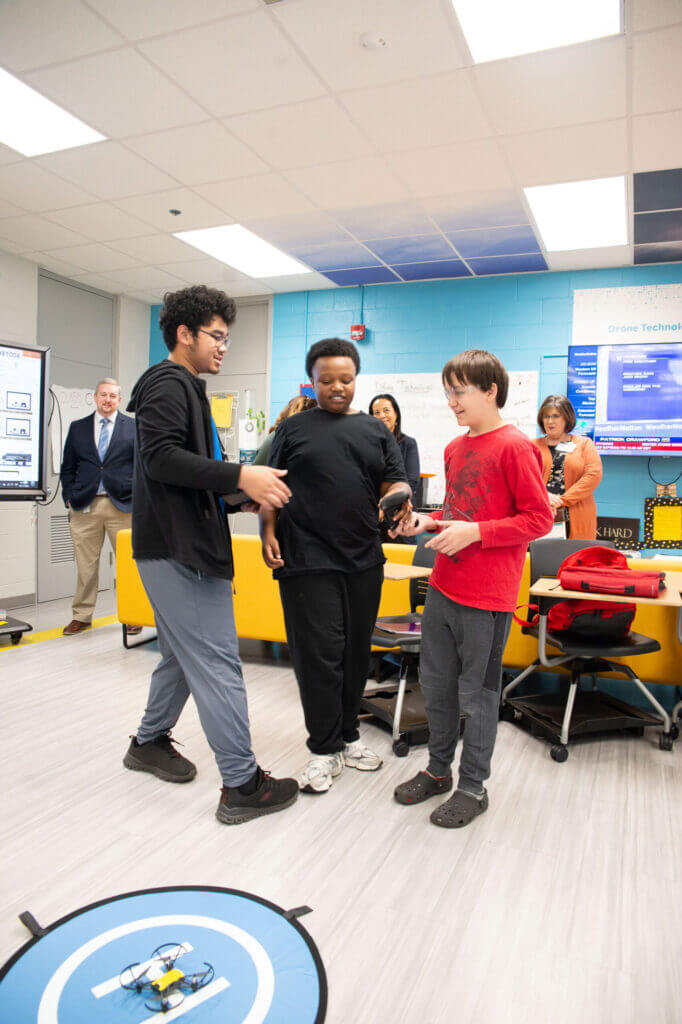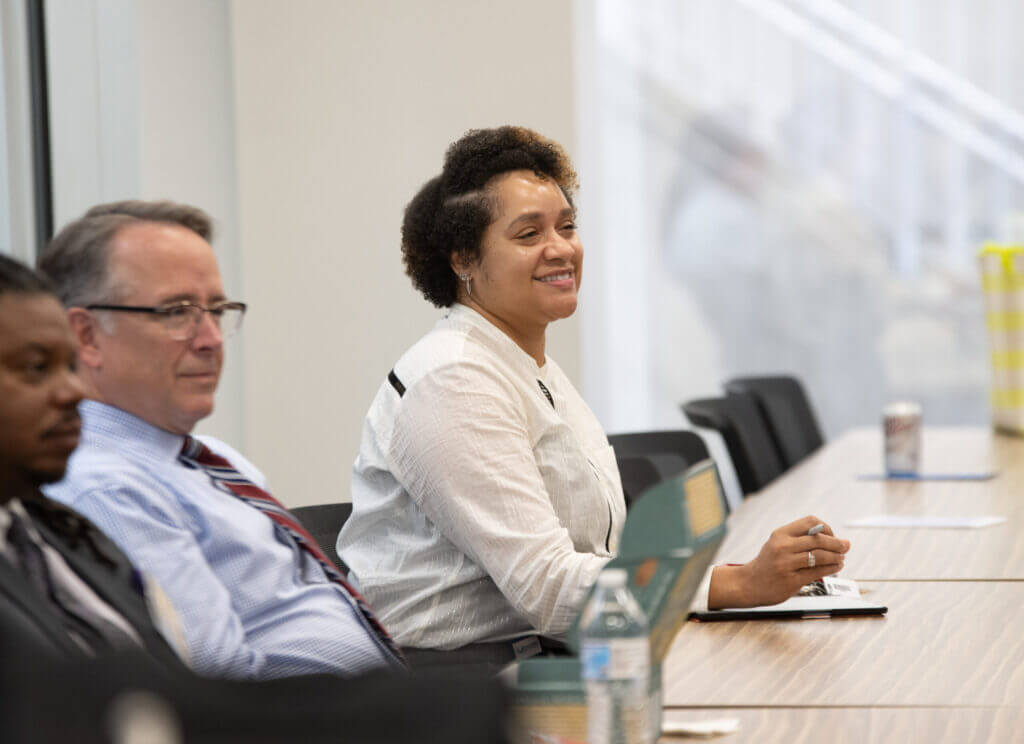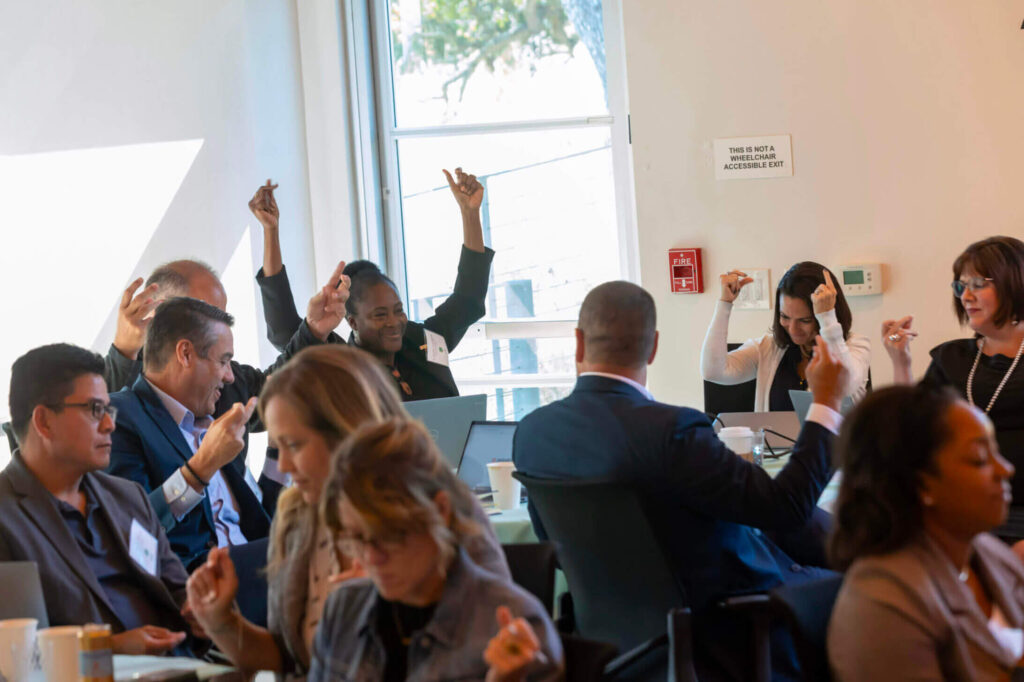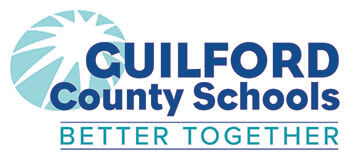Carnegie Learning Leadership Network Experiences Community Partnerships in Action in Guilford County Schools
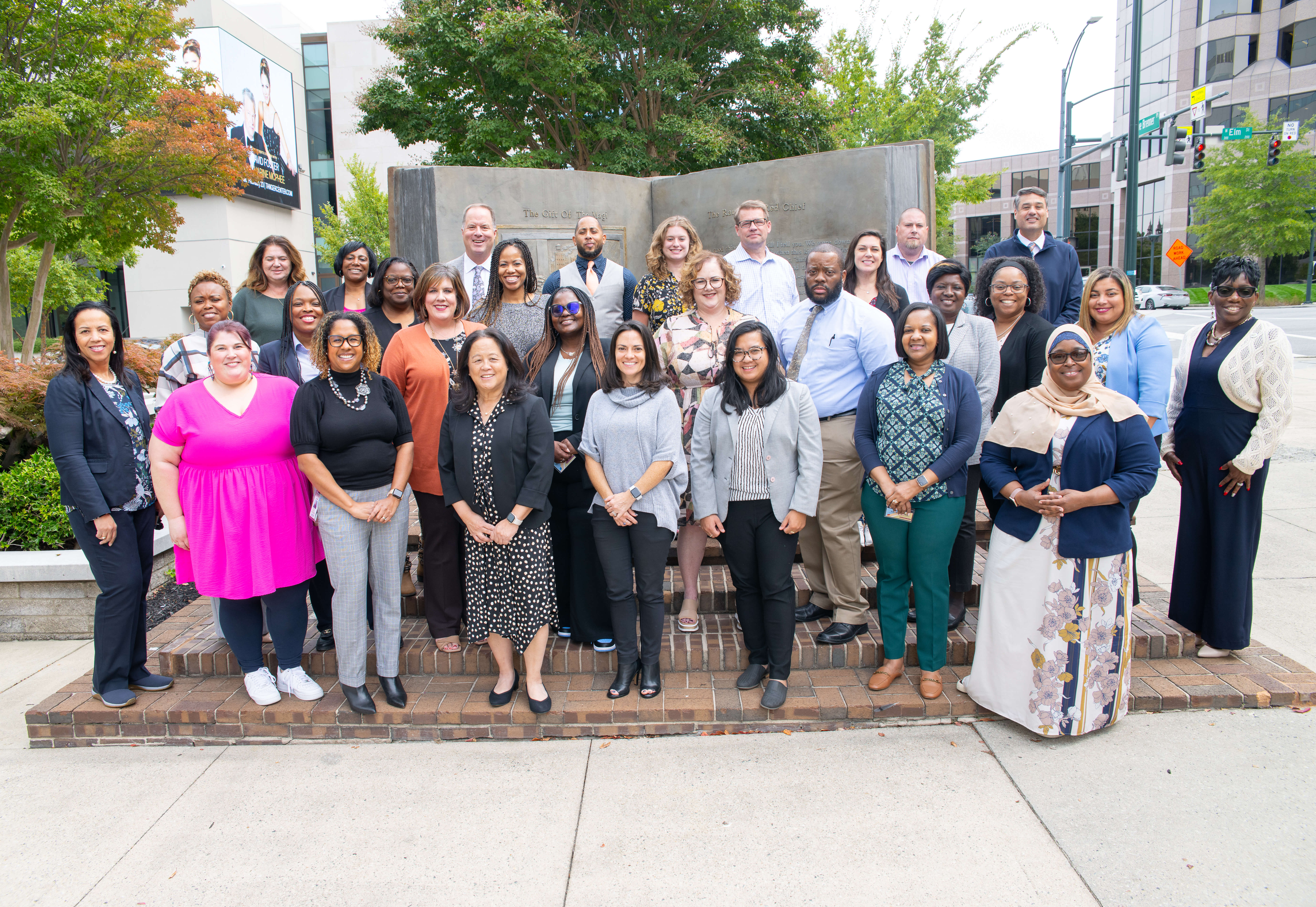
In mid-October, Guilford County Schools (GCS) hosted participants of the Carnegie Learning Leadership Network (Carnegie LLN) to explore career and community partnerships within the district. The focus of this network of district leadership teams, which is part of the Foundation’s larger Future of Learning portfolio, is to support, showcase, and study school districts that are creating engaging and effective learning experiences for their secondary students. Guilford County Schools was selected as the host for this fall’s site visit because of the innovative community-supported models housed in their Signature Career Academies and elementary school telehealth clinics—including Bessemer Elementary, Penn-Griffin School for the Arts, Western High Academy of Transportation, Distribution, and Logistics, Southeast High School SparkLab Pathways, and more.
GUILFORD COUNTY SITE VISIT ACTIVITIES
Throughout the visit, Carnegie LLN district teams engaged in myriad learning activities, including an intimate conversation with two stand out principal leaders, Marcus Gause (Dudley High School) and Erik Naglee (Page High School), site visits to explore the district’s elementary school-based telehealth clinic program and Signature Career Academies, a panel discussion with local business and community leaders, engaging roundtable discussions with Superintendent Dr. Whitney Oakley and members of the GCS leadership team, and a deep dive discussion on the district’s stakeholder engagement efforts in the development of Guilford County School’s Better Together strategic direction. The event culminated with opportunities for network members to share reflections, offer feedback, and apply what they learned to their own system transformation work. Visiting districts learned from Guilford’s extensive community engagement efforts, and the Guilford team received valuable feedback and perspective on their own priority of ensuring all students have access to specialized opportunities.
LESSONS LEARNED
One notable learning is the impact an executive leader can make through modeling dispositions and behaviors that cultivate a culture of improvement. The leadership style that Dr. Oakley displayed during the site visit mirrors many of the enabling leadership practices described in Getting better at getting better: Improvement dispositions in education (Biag, M., & Sherer, D., 2021). For instance, the distributed leadership model characterized by trust, openness, and teamwork that Dr. Oakley has established promotes a sense of shared responsibility and a safe environment in which team members can respectfully offer different perspectives to push their systems transformation work forward. Further, Dr. Oakley and her team publicly and transparently share successes and failures throughout community conversations. In addition, the voices of community stakeholders were invited, represented, and validated throughout the development of the district’s new strategic direction. Lastly, Dr. Oakley’s investment in her team’s engagement in the Carnegie LLN, and her decision to host a site visit is representative of how she prioritizes opportunities for learning with and from peers.
Below are a few additional key learnings from the Carnegie LLN site visit to Guilford:
- A high-functioning district leadership team is foundational to making progress toward system transformation. The effectiveness of the core GCS Carnegie LLN team was evident throughout the site visit as they modeled a team that is nimble, respectful, and focused on building relationships. The participation of some additional GCS district leaders who are not core members of the GCS Carnegie LLN team promoted a shared understanding of their system transformation work and represented an important team-building exercise. Further, the visiting districts’ insights provided valuable insights for the wider GCS leadership team in their site visit debriefs.
- It takes the whole community to build and sustain learning experiences for young people that are relevant, experiential, and career-aligned. In Guilford, the district leaders have successfully reframed taxpayer investment in schools as an investment in the community. By thoughtfully involving community members in the development of the district’s Better Together strategic direction where the team held over 200 community conversations and engaged more than 8,000 stakeholders, the district communicated that they are a learning organization committed to building trust.
At the Community Engagement and Partnerships panel discussion, key community and business leaders underscored the importance of school and industry partnerships to ensure that young people—and the whole community—thrive. For instance, with support from local leaders and industry partners, the district was able to secure broad support and successfully pass a historic $1.7 billion school bond to address critical safety and maintenance needs to provide safer and healthier learning environments for Guilford County students. Further, Carnegie LLN members visited three elementary schools—Bessemer, Union Hill, and Washington—to witness the innovative school-based telehealth clinic program. Designed as a collaboration between GCS, Cone Health, and philanthropic partners, the clinics operate in areas where families historically lack access to routine medical care so that parents and students, in separate locations, can join a virtual doctor’s visit for non-emergency care. While initially conceived as a healthcare access project, the program has become an educational access project that minimizes interruption of students’ learning time in the classroom. Network members also visited Western High School Signature Career Academy of Transportation, Distribution, and Logistics, where students can earn CTE Industry-Recognized Credentials and participate in internship experiences with local industry partners earning up to $20/hour. These credentials and work experiences empower students to pursue local, high-wage career pathways or postsecondary educational opportunities after graduation. - Context, place, and history matter. According to members of the GCS leadership team, the common Southern saying, “Where are you from and who are your people?” encapsulates this idea well because one cannot understand a school system without knowing the community and its history. Throughout the site visit, the GCS team made intentional venue choices to ensure that visiting district teams understood Guilford’s historical context. From convening at The Community Foundation of Greater Greensboro to serving delicious food from the Historic Magnolia House—one of the few Green Book sites still in operation in North Carolina, which housed some of the nation’s most well-known African Americans during segregation, including James Brown, Ray Charles, and more—the GCS team taught Carnegie LLN members about Guilford’s rich history and active presence in the Civil Rights Movement. On the last day of the site visit, the Carnegie LLN gathered at the International Center for Human Rights, a comprehensive museum of the Civil Rights Movement in the United States and an educational organization devoted to understanding and advancing civil and human rights in the United States and the world. The museum is housed at the former F.W. Woolworth lunch counter where, on Feb 1. 1960, a group of N.C. college students., now known as the A&T Four, began the first sit-in at a whites-only lunch counter, igniting a national Sit-In Movement to challenge the American people to make good on the promise of equality and civic inclusion enunciated in the Constitution. Some members of the Carnegie LLN toured the museum after the site visit and learned how influential Bennett College and GCS’ very own Dudley High School students were in supporting subsequent sit-ins and non-violent direct actions in Greensboro.
The Carnegie team is grateful to Superintendent Oakley and the entire GCS team for hosting the fall Carnegie LLN site visit. The Guilford team thoughtfully created a dynamic, enriching, and welcoming learning environment in which network members were well taken care of and experienced a taste of Greensboro’s legacy and future.
The Carnegie LLN will have the opportunity to reconvene in-person in March for a spring site visit hosted by Akron Public Schools and at the 2024 Carnegie Summit on Improvement in Education to present their secondary school system transformation work.
RELATED CONTENT
December 18, 2023
The following Q&A features insights from Samuel Onyango Omondi, an African Leadership University (ALU) student pursuing a bachelor’s (B.Sc Hons) in software engineering. Samuel was one of 20 ALU students to participate in the 2023 Global Leadership Program, a month-long entrepreneurial leadership immersive learning experience in Silicon Valley at the…
December 31, 2023
Below is Carnegie President Timothy Knowles’s opening to our December 2023 newsletter. Join our mailing list for additional resources and recommended reads. Sign Up for the Carnegie Foundation Newsletter Dear Friends and Colleagues, Every year in December, I read poetry. Poems help me slow down, listen, and think anew. Recently,…




